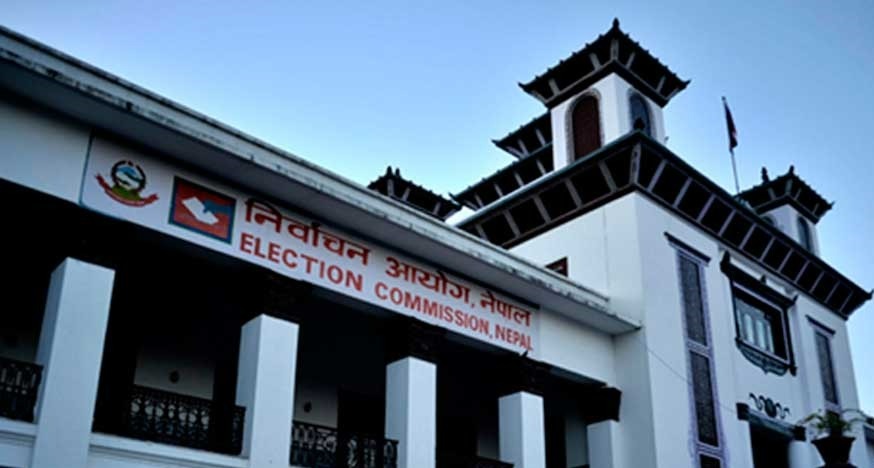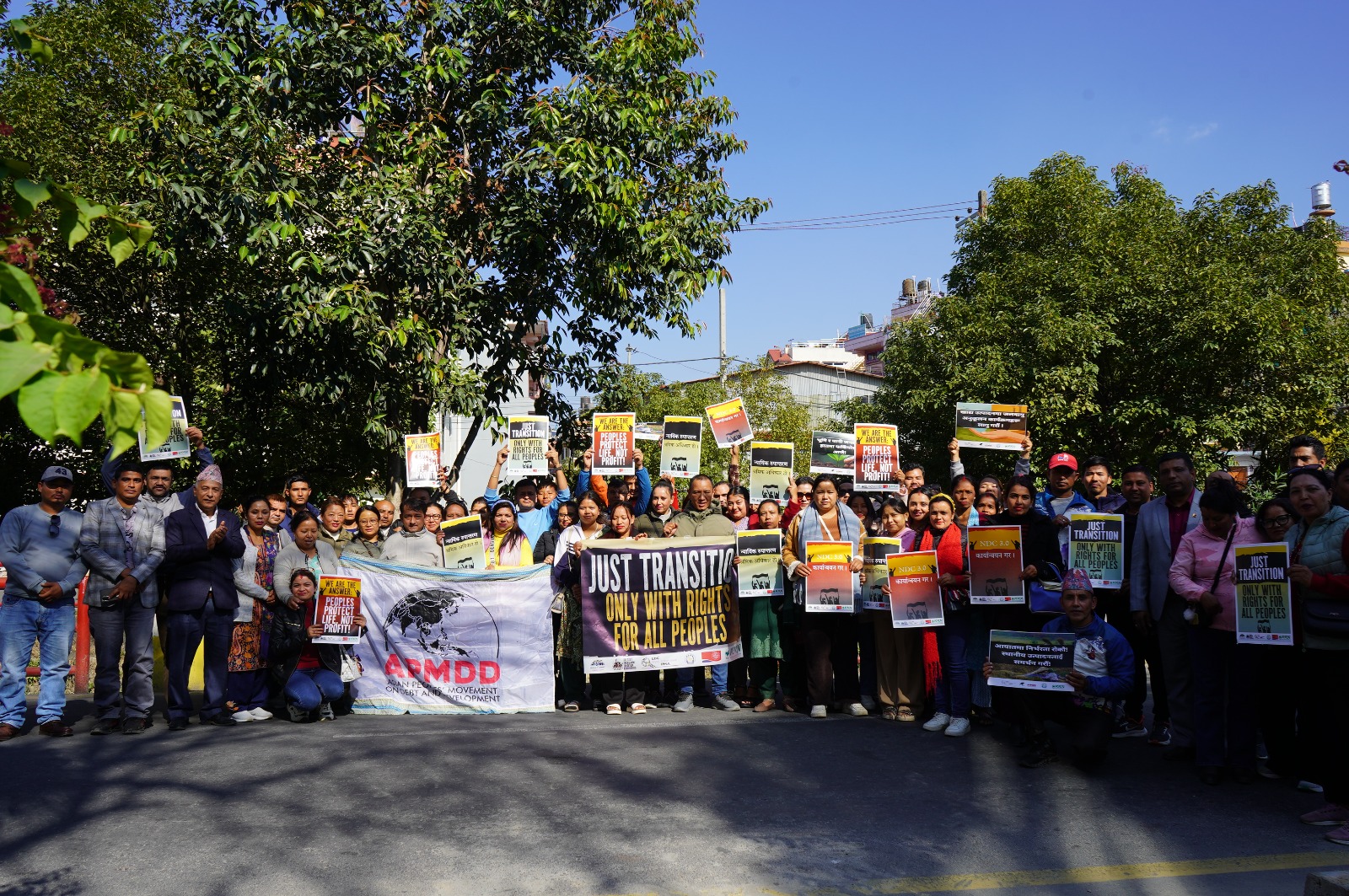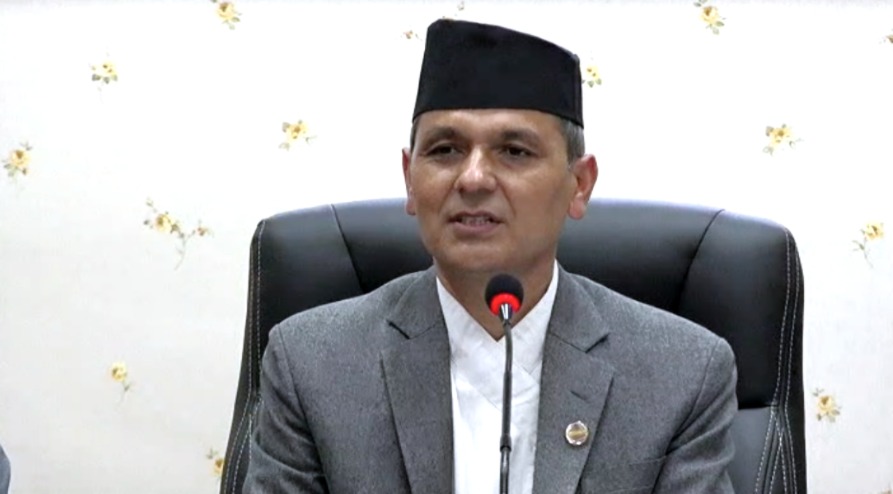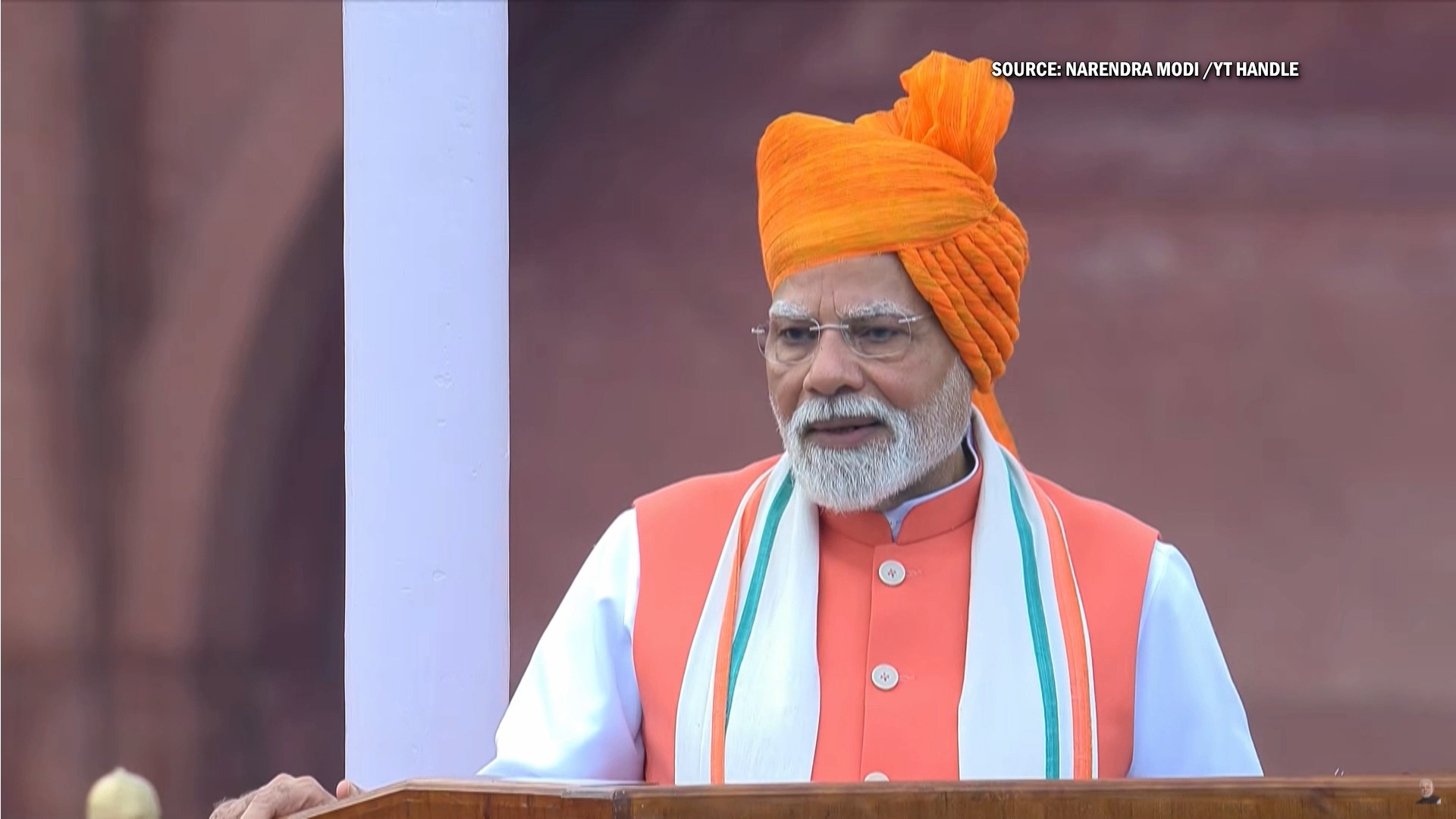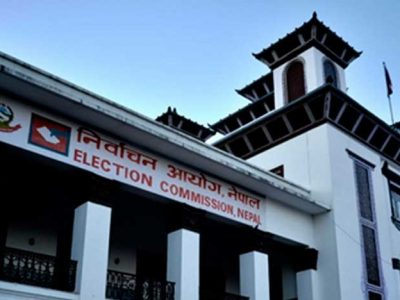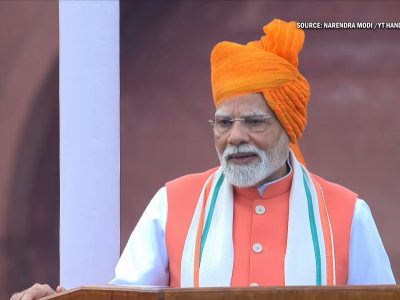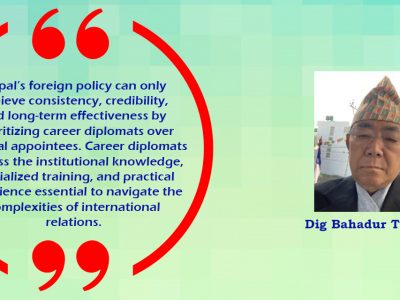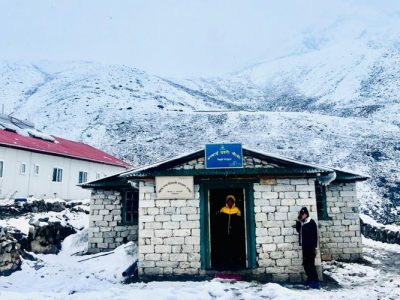Mukta Kamaiya community struggle to sustain family even after 21 years of liberation
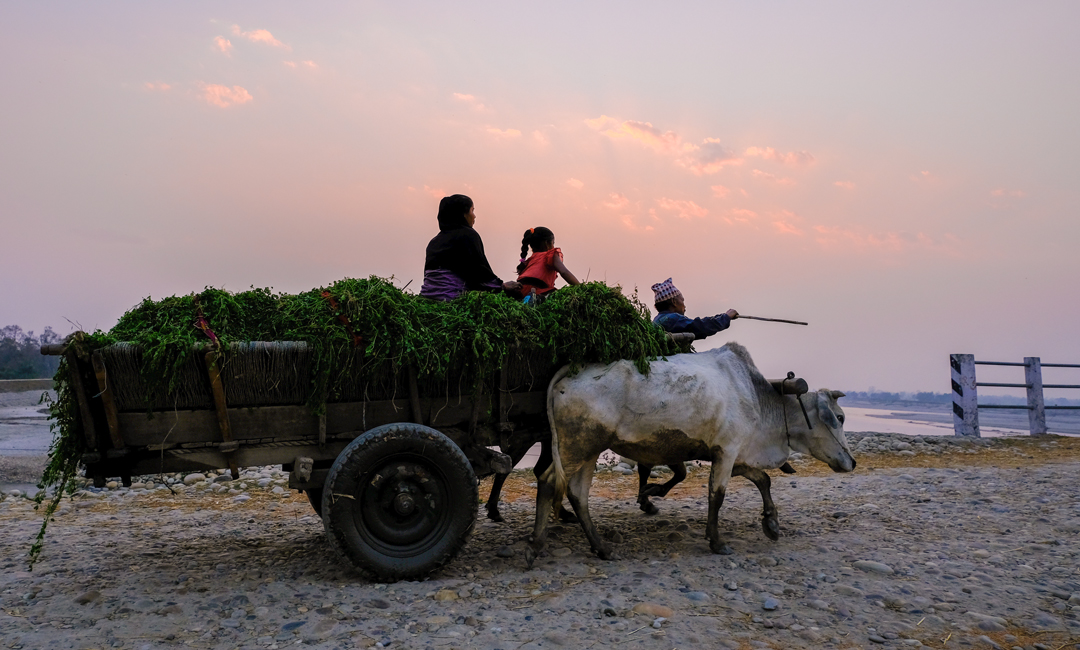
Photo: Simon Paudel/ DCNepal
Kathmandu, July 18. Lal Bahadur Dagaura, a freed Kamaiya (bonded labourer) of Bedkot Municipality-5 in Kanchanpur district, cannot manage two square meals a day for himself and his family when he is out of work. He has been providing for his family as a daily wager.
After being freed as Kamaiya, he and his family are living in the Dharampur camp set up by the government for freed Kamaiyas in a place, around eight kilometers away from Mahendranagar bazaar. The government has provided him with five kattha of land. But, it is not enough to support himself and his family being dependent on the land. “I am working as a construction worker for past nine years. I have constructed houses for many. But I have a hut,” he lamented. He earns Rs 900 on a daily basis from his job, which he said is not enough to support himself and his family.
He is just in point. Many freed Kamaiyas have fallen on hard times to support their families without a reliable income source. “The government has promised to provide us employment opportunities and other facilities. But, we are yet to get them.”
Scores of families are sheltering at the Dharampur Freed Kamaiya Camp at Bedkot. But the camp still lacks drinking water facility. “The hand pumps in the community go dry for three months during the summer. During the election time, the politicians give us assurances of providing regular water supply, but forget them once the election is over,” he complained.
The government on July 17, 2000 abolished the Kamaiya tradition (bonded labour system) in practice in five districts of western Nepal. The government freed the people working as Kamaiyas in Kanchanpur, Kailali, Bardia, Banke and Dang districts with this announcement.
The economic condition of most of the freed Kamaiyas in Kanchanpur district remains the same what it was before their emancipation due to extreme poverty. The District president of the Freed Kamaiya Society’s district president Ghansi Ram Rana said that their economic condition has not improved even after 22 years of their rehabilitation. He claimed that more than 25,000 Kamaiya families are compelled to work as daily wage workers. “How can we say that our condition has improved when the freed Kamaiyas have to eke out a living as daily wagers?” he said.
According to him, many former Kamaiyas are also not in a position to take loans from bank by keeping their land as surety.
The government had announced at the time of abolishing the Kamaiya system that the freed Kamaiyas would be provided with land plot and timber for constructing house. But not all the families have been given the land and timber.
In July 2018, the government had given the responsibility of distributing the money for purchasing land and timber and the grants for house construction to the local government. It is not yet implemented, he complained.
The government has identified 32,509 families in the district as the freed Kamaiyas and issued them the identity cards. The freed Kamaiya settlements have been set up at Dharampur, Jhalari, Bani and other areas in Kanchanpur district. However, the freed Kamaiyas have complained that the land they have been provided is not fit for agriculture as most of the settlements have been set up near the rivers and streams.
Except for the headline and the cover photo, this story has not been edited by DCNepal staff and is published from a syndicated feed by National News Agency.
Facebook Comment
latest Video
Trending News
- This Week
- This Month


